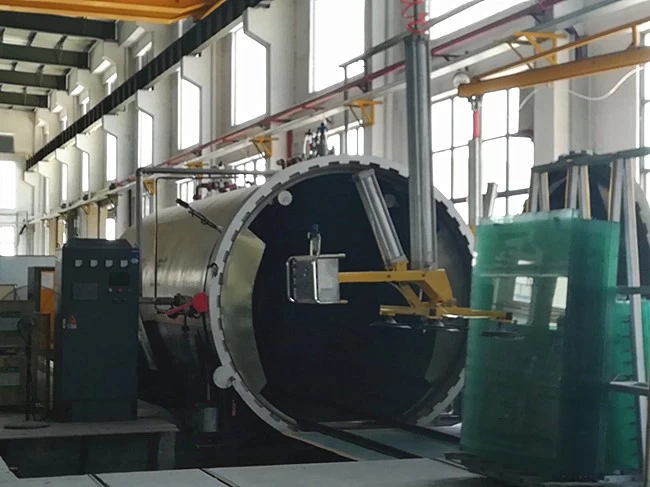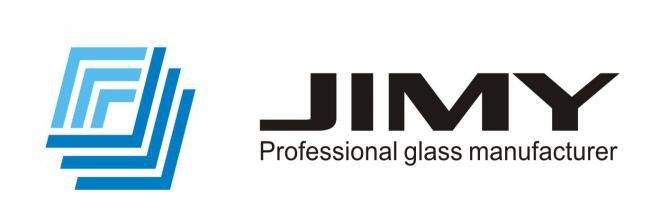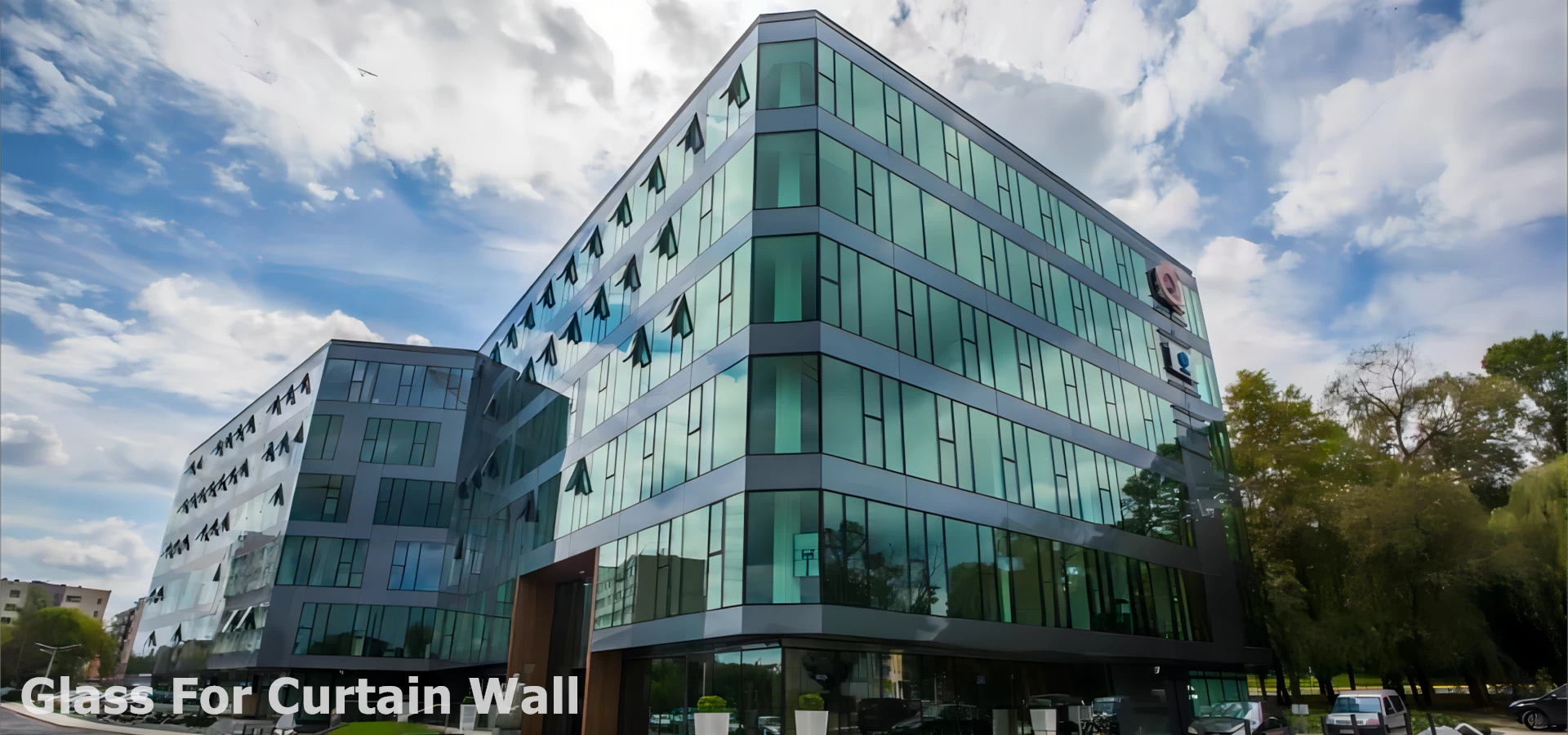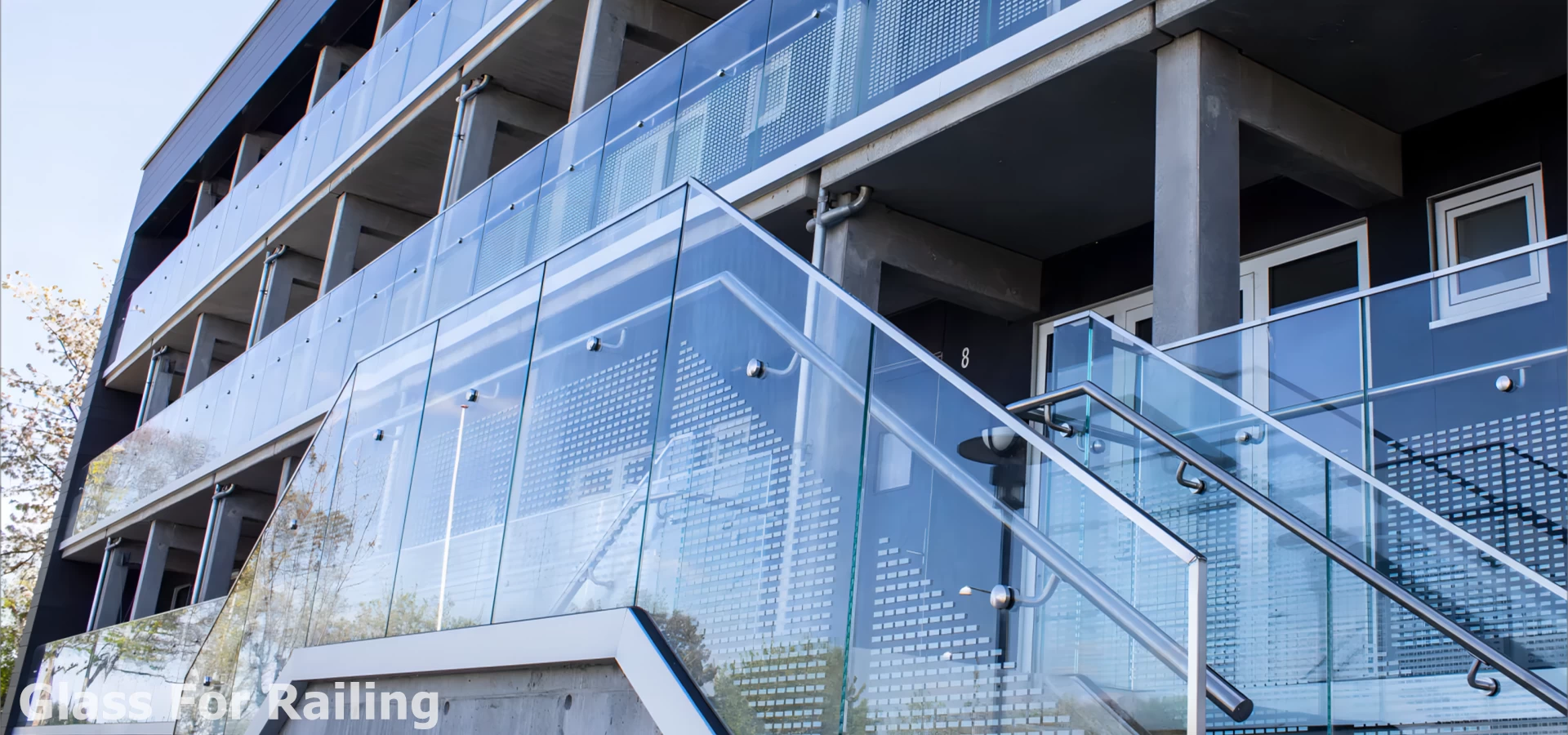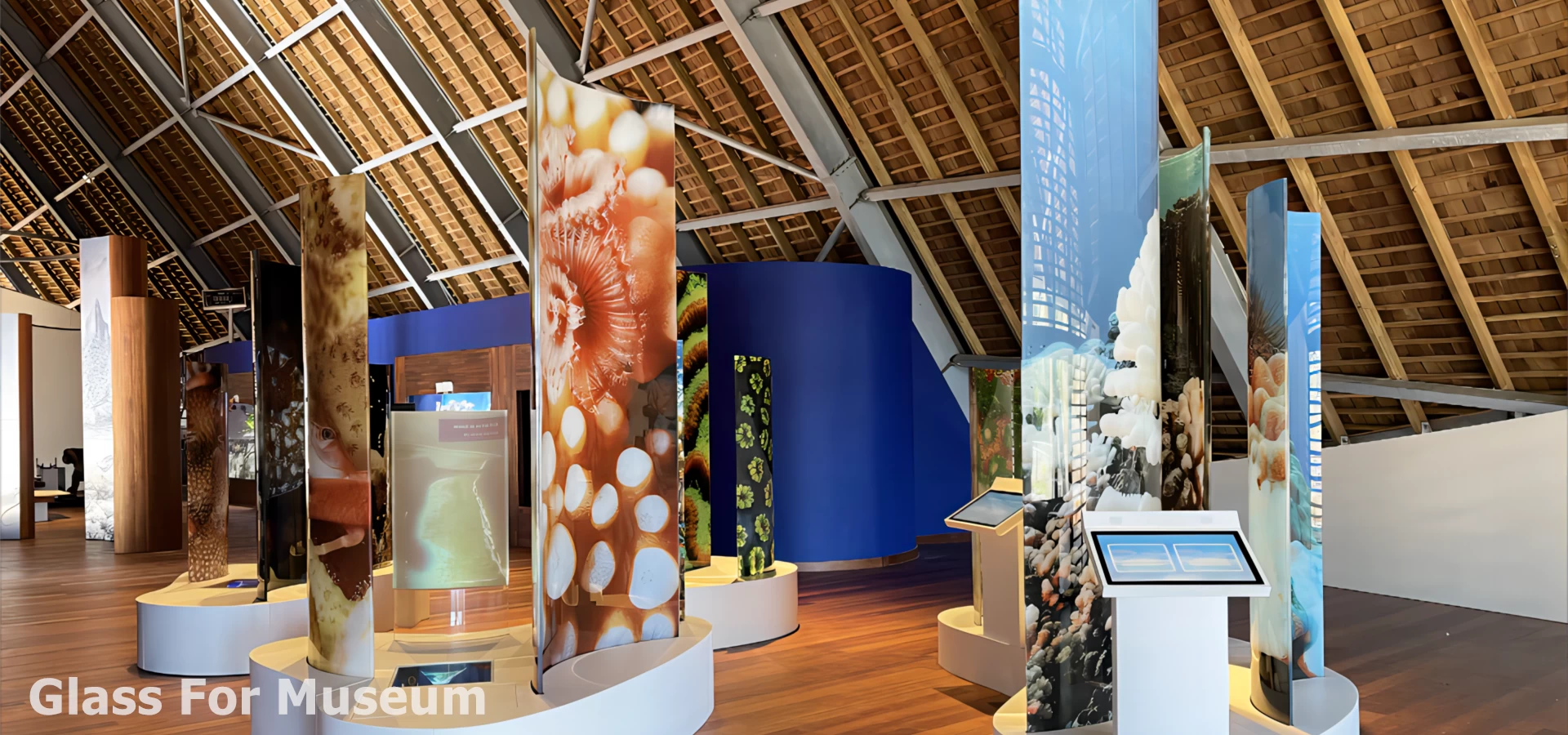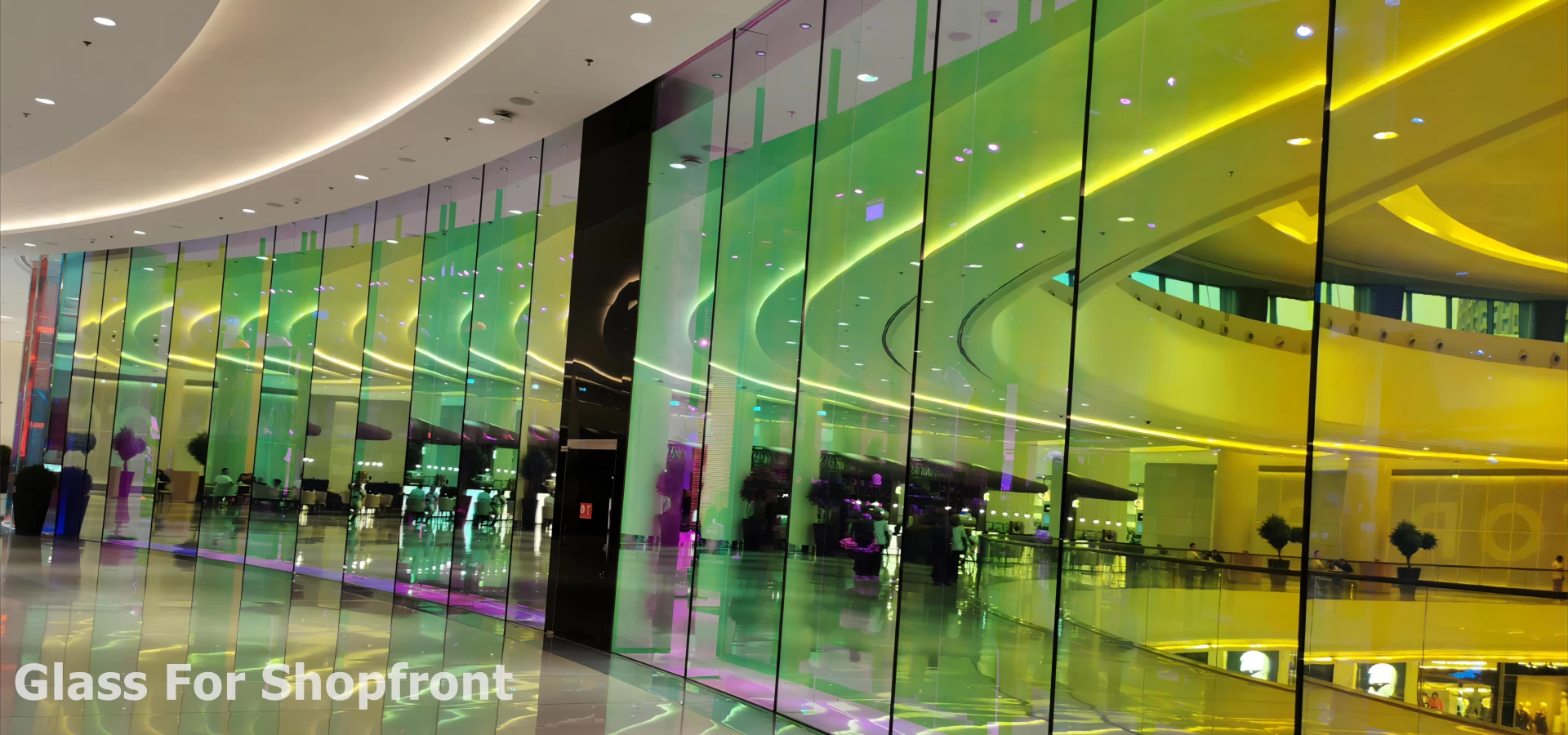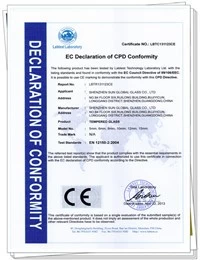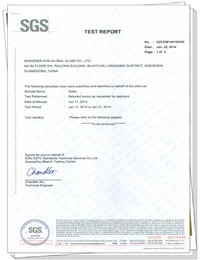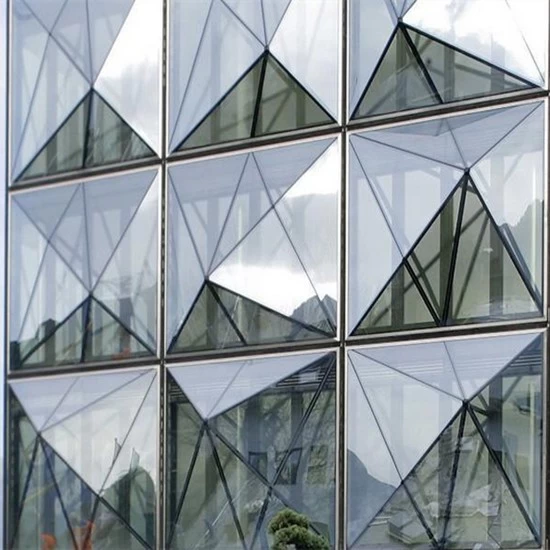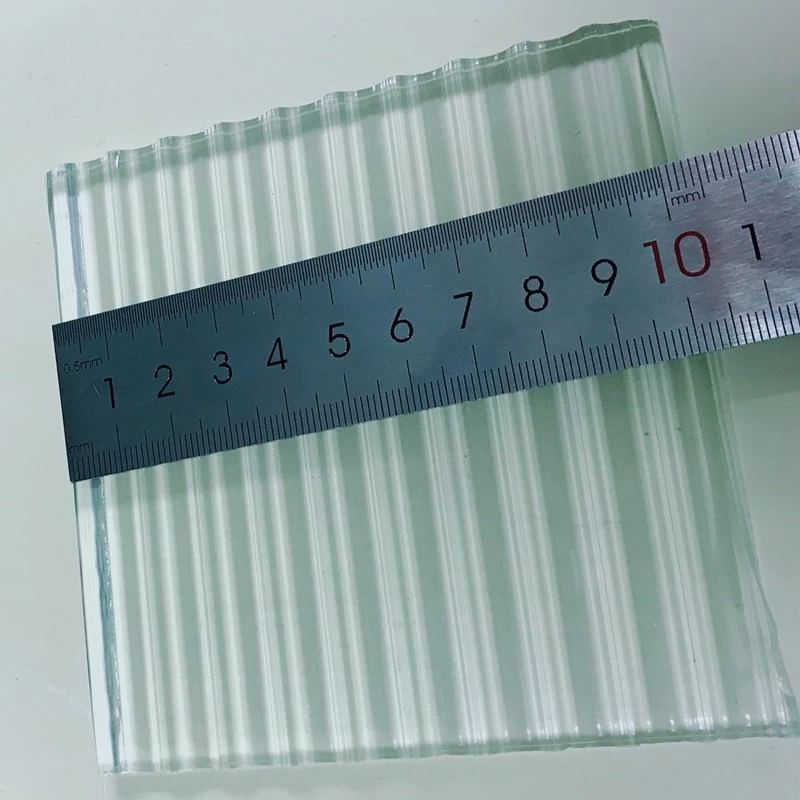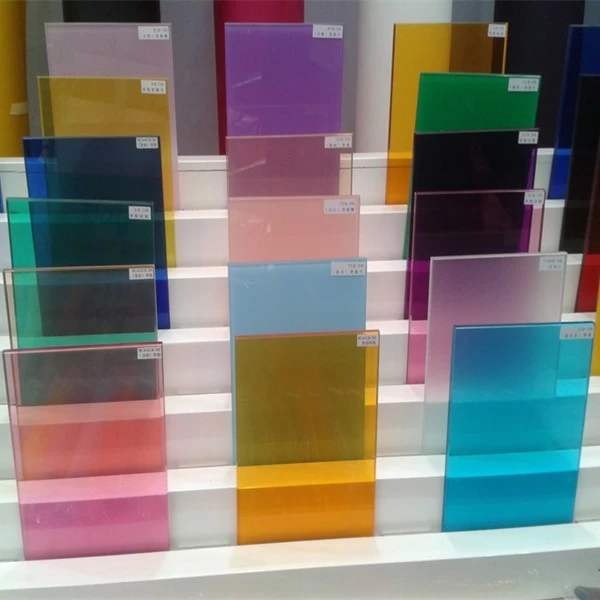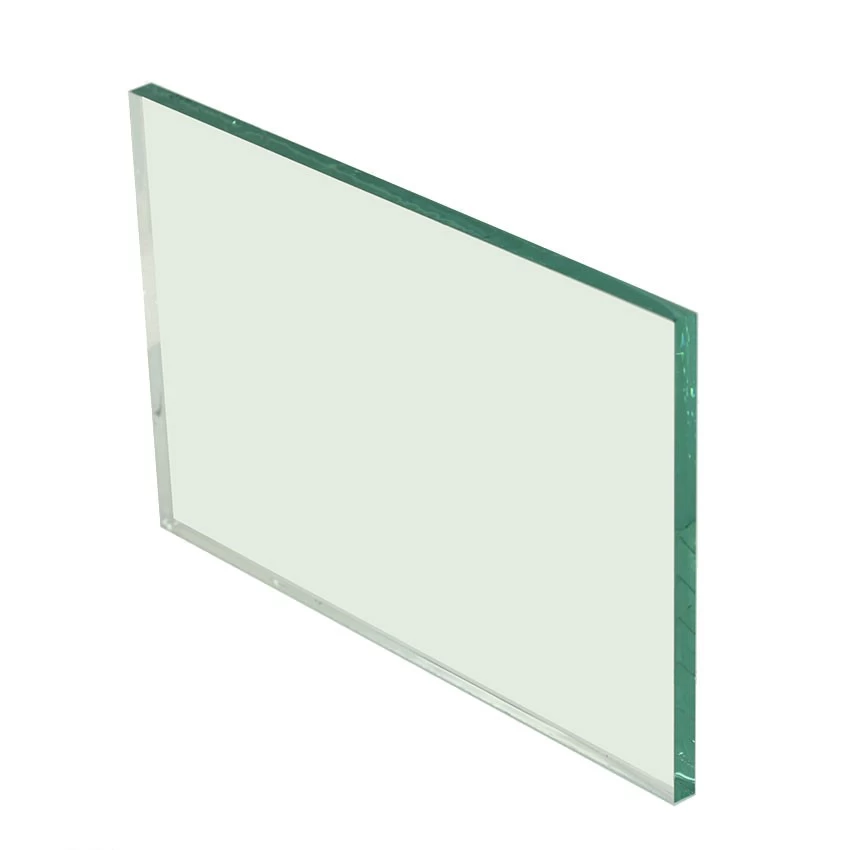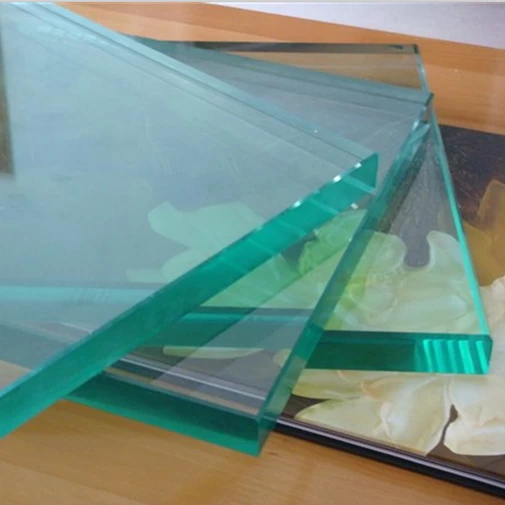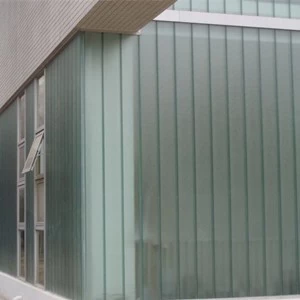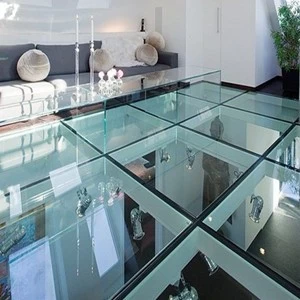Possible causes of defects in laminated glass and solutions
Jimy glass
original
2018-05-28 15:55:08
Laminated glass is a composite glass product made of two or more pieces of glass(tempered glass or annealed glass) and a layer of organic material sandwiched and sandwiched between two layers of glass and heated and pressed. The commonly used organic material adhesive layer is polyvinyl butyral vinegar film (PVB film), PVB film has a special excellent performance, good optical index of the film, the light transmittance reaches more than 90%, heat resistance, cold resistance, impact resistance, elasticity, moisture resistance and anti-aging properties are all very good. Laminated glass has a high-strength, elastic and penetrating interlayer, which can withstand large impact forces. Even if the glass breaks, the chips still stick with film, thus providing high safety performance.
Laminated glass is an important part of architectural glass, but in the production process, there are some defects in laminated glass that affect the apply. Here we analyze the appearance of its quality defects and performance quality defects and solutions.
1. Original glass defects:
As the original glass (clear float glass/tinted glass)of laminated glass must meet the requirements of its use, optical deformation, bubble inclusions, stones, ripples, nodules, etc. are from original glass,so in the production process, the original glass should be strictly tested, reject the unqualified glass.
2. Scratch, water trace:
Scratches and water trace generally occur in glass pre-treatment. During the cutting stage, whether the cutting platform or unloading platform is clean or not,is largely determines of scratches. The solution is to adjust the height of the air knife according to different thickness glass, adjust the cleaning speed according to the actual situation, and adjust the angle of the glass when cleaning.
3. Bubbles:
Bubbles on the edges of the glass, or bubbles on the whole piece glass: During the processing of laminated glass, glass separated by external forces, or the air enters the film inside the laminated glass will cause bubbles. Solution: The material of the working bracket is made of a harder material and the preheating is increased. The temperature ensures the tightness of the edge of the glass. Analyze the parameters of the pre-treatment process and properly commission the equipment. The surface temperature of the glass can be increased, but a better method is to reduce the working speed of the pre-treatment.
4. The film produces wrinkles and visual defects:
The film is pulled when it is cut, and the film is retracted after cutting, causing some edges to have no film; the key to the process is to ensure even heating and sufficient venting between the glass and PVB, if the rolling roller is uneven and the heating is not Evenly, the pre-pressurization process may result in insufficient exhaust gas or premature sealing of the film, as residual bubbles, uneven film thickness and impurities may cause visual defects such as curves, dark streaks, and spots.Solution: When dealing with film, the key is to place the film flat on the glass and ensure that there is no wrinkles between the films; before entering the autoclave, maintaining the surface temperature of the laminated glass at 21°C-27°C, can help avoid wrinkles bring and reduce visual defects.
5. Degumming
The main reason for degumming is that the adhesion between the laminated glass film and the glass is too low. Solution: Check whether the water quality of the washing machine is less than 15us. Check whether you use too much or too little detergent. Defective material (such as cutting oil or detergent) is left on the glass surface. Check whether the brush wear or position is clean. Too high, check the humidity of the film, the humidity is too high to reduce the adhesion of the glass, the relative humidity of the splicing chamber is controlled at 25 to 30%, and the warping of the glass or the direction of the splicing glass is not correct (special attention for tempered glass).
With the advancement of science and technology and the development of productivity, as well as people's awareness of safety and energy-saving. Laminated glass will continue to be applied to more fields and reduce the energy consumption of buildings to a great extent. This will become a new measure for realizing national building energy saving.We will strictly control all technicians,and on-site operators to operate in strict accordance with the technological regulations. Improve the yield and reduce production costs. Provide you with best quality products.
